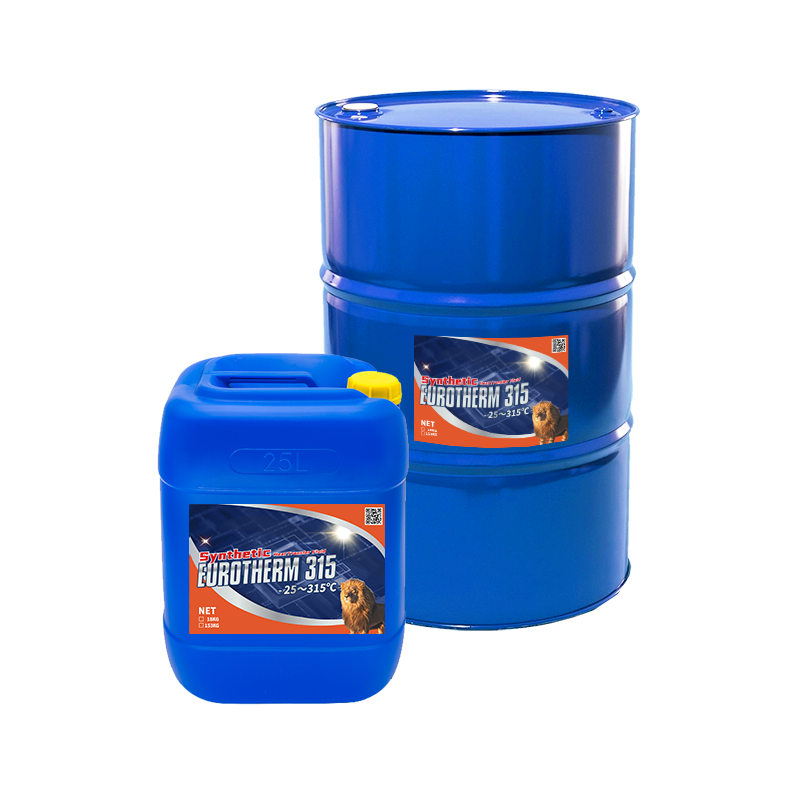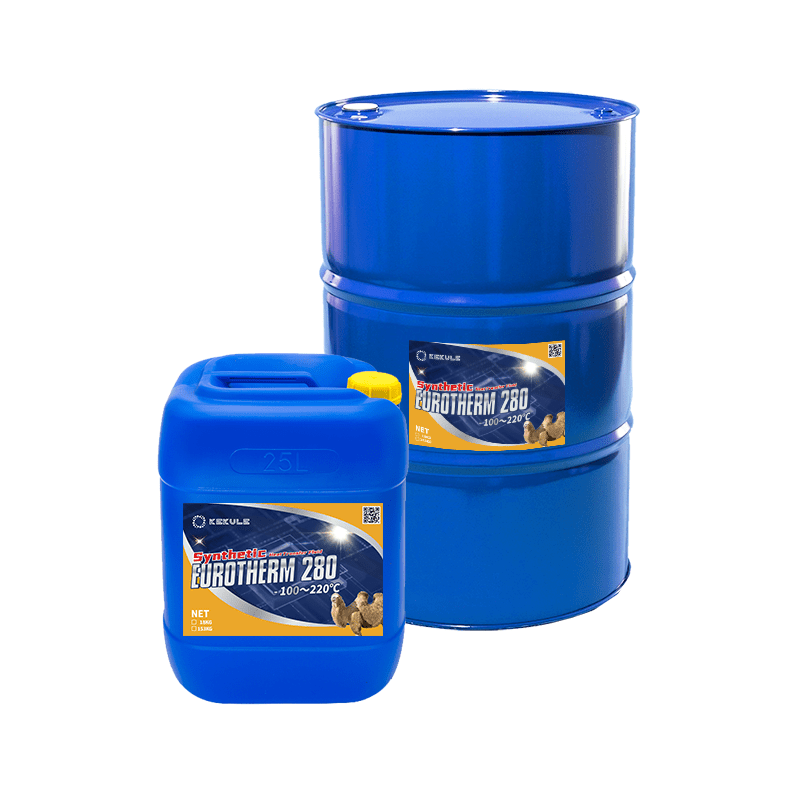How Chemie can Save You Time, Stress, and Money.
Wiki Article
The Best Strategy To Use For Chemie
Table of ContentsAll About ChemieGetting My Chemie To WorkSome Of ChemieChemie - Truths4 Easy Facts About Chemie DescribedThe 5-Minute Rule for Chemie
By Bojanna Shantheyanda, Sreya Dutta, Kevin Coscia and David SchiemerDynalene, Inc. Liquid cooling, which can be accomplished using indirect or direct methods, is made use of in electronic devices applications having thermal power densities that may exceed secure dissipation via air cooling. Indirect fluid cooling is where heat dissipating electronic parts are literally separated from the liquid coolant, whereas in case of straight air conditioning, the components are in straight contact with the coolant.In indirect air conditioning applications the electrical conductivity can be essential if there are leaks and/or splilling of the fluids onto the electronic devices. In the indirect air conditioning applications where water based fluids with deterioration preventions are normally made use of, the electric conductivity of the liquid coolant mainly depends on the ion focus in the liquid stream.
The boost in the ion focus in a shut loop fluid stream may occur because of ion leaching from steels and nonmetal parts that the coolant fluid is in call with. During procedure, the electric conductivity of the liquid might increase to a level which could be damaging for the cooling system.
Chemie - The Facts
(https://chemie999.wordpress.com/2025/01/10/discover-chemies-innovative-heat-transfer-solutions/)They are bead like polymers that are qualified of trading ions with ions in an option that it touches with. In the existing work, ion leaching examinations were performed with various metals and polymers in both ultrapure deionized (DI) water, i.e. water which is treated to the highest degree of purity, and low electrical conductive ethylene glycol/water mixture, with the gauged adjustment in conductivity reported with time.
The examples were permitted to equilibrate at area temperature for 2 days before videotaping the initial electrical conductivity. In all tests reported in this research study fluid electrical conductivity was measured to a precision of 1% utilizing an Oakton CON 510/CON 6 collection meter which was adjusted prior to each dimension.
Little Known Questions About Chemie.
from the wall surface heating coils to the facility of the heating system. The PTFE example containers were positioned in the furnace when constant state temperatures were gotten to. The test arrangement was removed from the heating system every 168 hours (seven days), cooled down to space temperature with the electric conductivity of the fluid determined.The electrical conductivity of the liquid sample was monitored for a total of 5000 hours (208 days). Figure 2. Schematic of the indirect closed loop cooling experiment set-up - meg glycol. Table 1. Elements used in the indirect closed loophole cooling experiment that touch with the liquid coolant. A schematic of the speculative arrangement is shown in Figure 2.

The Main Principles Of Chemie
The adjustment in fluid electric conductivity was kept track of for 136 hours. The fluid from the system was collected and stored.
0.1 g of Dowex resin was included in 100g of liquid samples that was absorbed a different container. The blend was stirred and change in the electrical conductivity at room temperature level was measured every hour. The determined change in the electric conductivity of the UP-H2O and EG-LC examination fluids containing polymer or metal when involved for 5,000 hours at 80C is shown Figure 3.
The Facts About Chemie Uncovered
Figure 3. Ion leaching experiment: Measured modification in electrical conductivity of water and EG-LC coolants consisting of either polymer or steel examples when submersed for 5,000 hours at 80C. The outcomes suggest that metals contributed fewer ions into the fluids than plastics in both UP-H2O and EG-LC based coolants. This could be due to a thin steel oxide layer which might work as an obstacle to ion leaching and cationic diffusion.Liquids consisting of polypropylene and HDPE displayed the most affordable electrical conductivity changes. This might be because of the brief, stiff, linear chains which are much less likely to add ions than longer branched chains with weaker intermolecular pressures. Silicone also performed well in both examination liquids, as polysiloxanes are normally chemically inert because of the high bond energy of the silicon-oxygen bond which would certainly avoid destruction of the material right into the fluid.
The Of Chemie
It would be expected that PVC would certainly produce similar outcomes to those of PTFE and HDPE based upon the similar chemical structures of the products, nonetheless there may be other contaminations present in the PVC, such as plasticizers, that may impact the electric conductivity of the liquid - dielectric coolant. Furthermore, chloride teams in PVC can additionally leach into the test fluid and can trigger a rise in electric conductivityBuna-N rubber and polyurethane showed indications of deterioration and thermal disintegration which recommends that their feasible energy as a gasket or glue product at greater temperature levels could lead to application issues. Polyurethane totally broke down into the test fluid by the end of 5000 hour test. Figure 4. Before and after photos of metal and polymer samples immersed for 5,000 hours at 80C in the ion leaching experiment.
Calculated change in the electrical conductivity of UP-H2O coolant as a function of time with and without resin cartridge in the closed indirect air conditioning loophole experiment. The determined modification in electrical conductivity of the UP-H2O for 136 hours with and without ion exchange resin in the loophole is revealed in Number 5.
Report this wiki page